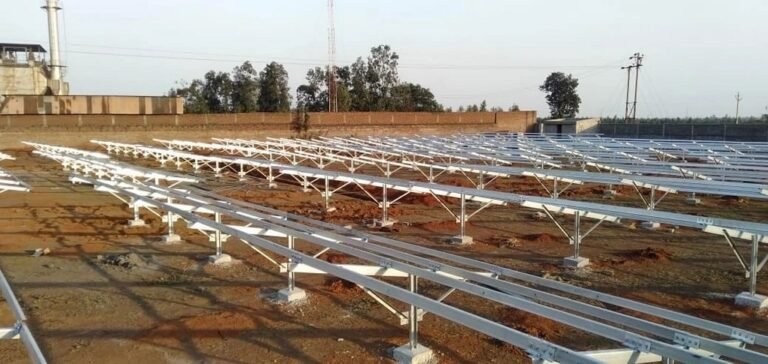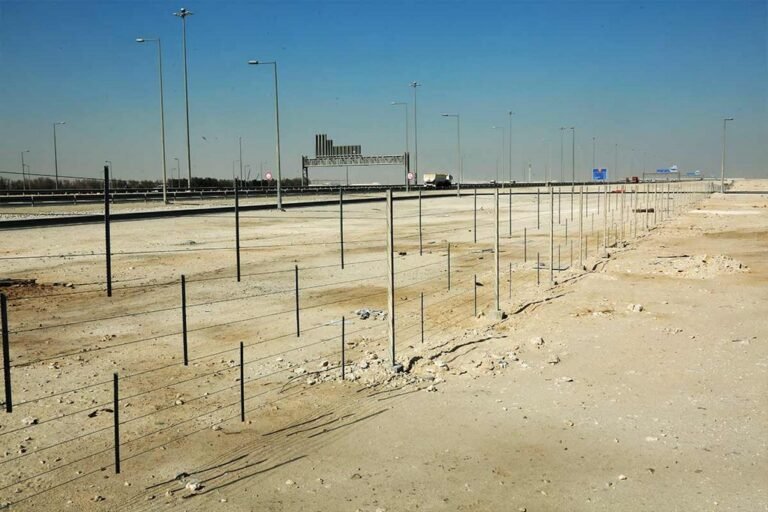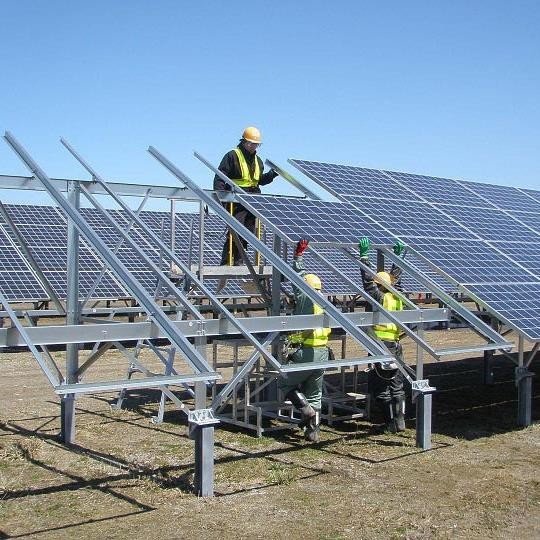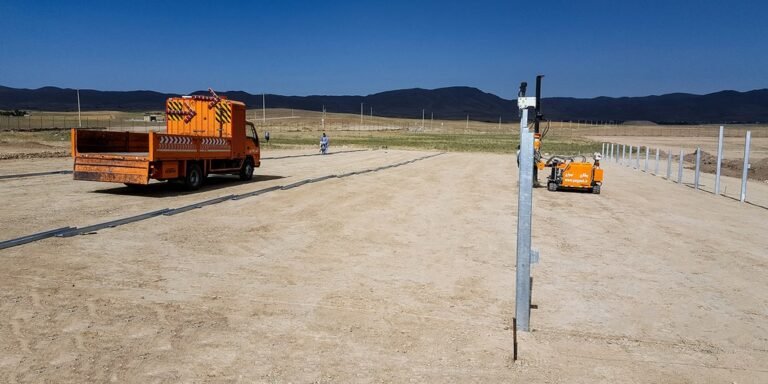Cobalt
A Key Metal in Modern Industries
Cobalt, with the chemical symbol Co and atomic number 27, is one of the rare and strategic metallic elements in today’s world. This metal, with its unique physical and chemical properties, plays a crucial role in the development of modern technologies. From lithium-ion batteries to heat-resistant alloys, cobalt is recognized as a vital raw material in advanced industries.
Physical and Chemical Properties of Cobalt
Cobalt is a hard, silver-gray, and magnetic metal that crystallizes in a hexagonal structure. It has high resistance to heat, corrosion, and wear, and retains its mechanical properties at high temperatures. One of its key features is its ability to form highly durable alloys, widely used in aerospace and medical industries.
Chemically, cobalt is typically found in oxidation states +2 and +3 and is commonly present in nature in the form of sulfides and oxides, often alongside nickel and copper.
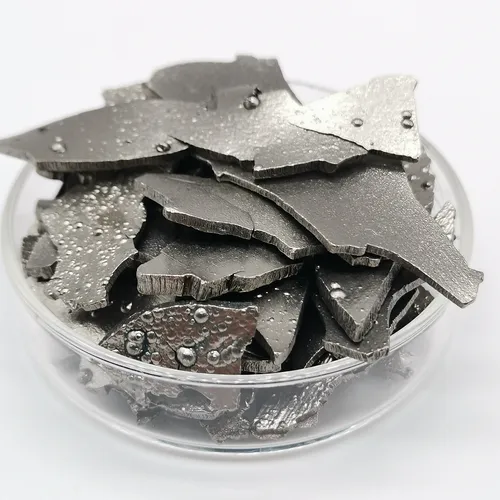
Sources and Production of Cobalt


Cobalt is mainly produced as a by-product of nickel and copper extraction. The world’s major cobalt reserves are located in the Democratic Republic of the Congo, Russia, Australia, Canada, and the Philippines. Congo alone accounts for over 60% of global cobalt production, though labor conditions in its mines are frequently criticized by human rights organizations.
In recent years, countries like China have heavily invested in African cobalt mines, significantly influencing the global supply chain of this metal.
details.
Applications of Cobalt
Due to its specific physical and chemical characteristics, cobalt is used in various industries, including:
Batteries: Over 50% of the world’s cobalt production is used in lithium-ion batteries found in smartphones, laptops, and electric vehicles.
Alloys: Cobalt is alloyed with metals like chromium, nickel, and iron to create materials highly resistant to heat and corrosion, used in jet engines, medical equipment (like implants), and industrial turbines.
Catalysts: It is used as a catalyst in oil refining and petrochemical production.
Pigments: Cobalt compounds are used to produce blue and green ceramic pigments.
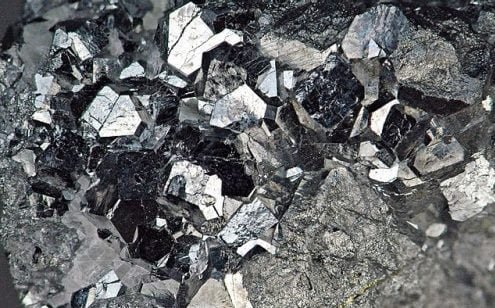
Over 50% of the world’s cobalt production is used in lithium-ion batteries found in smartphones, laptops, and electric vehicles.
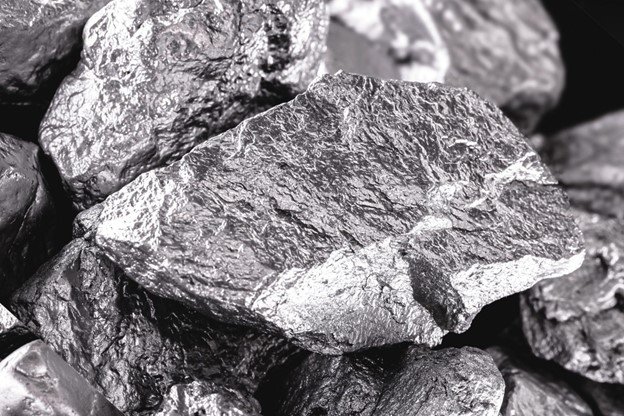
Cobalt is alloyed with metals like chromium, nickel, and iron to create materials highly resistant to heat and corrosion, used in jet engines, medical equipment (like implants), and industrial turbines.

It is used as a catalyst in oil refining and petrochemical production.

Cobalt compounds are used to produce blue and green ceramic pigments.
Global Cobalt Market
The cobalt market has seen significant growth over the past decade. With the expansion of the electric vehicle industry and renewable energy development, demand for cobalt—especially in battery production—has sharply increased. Projections suggest that by 2030, global cobalt demand could double.
Cobalt prices are highly influenced by geopolitical conditions, environmental regulations, and technological innovations. Some companies are also working on cobalt-free or low-cobalt technologies to mitigate market volatility and ethical concerns in the supply chain.
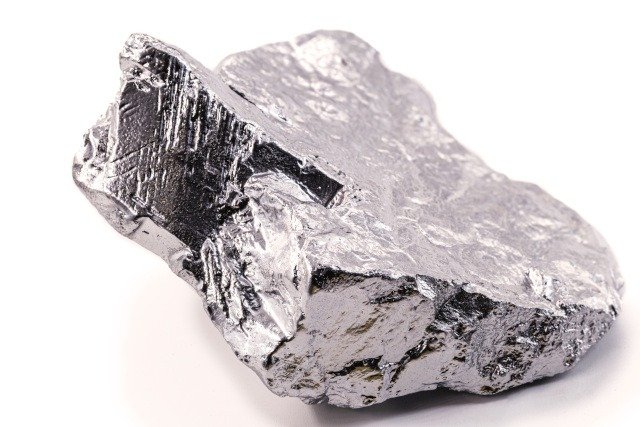
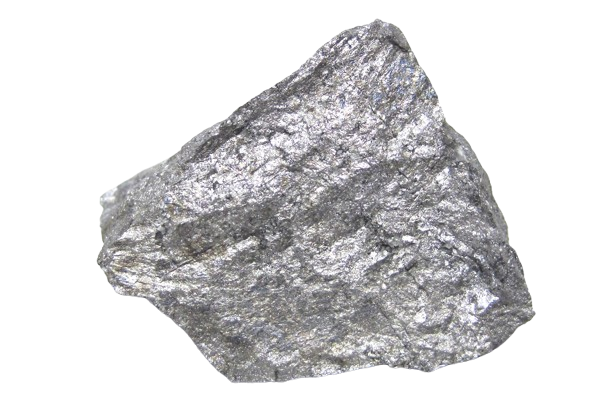
Challenges and the Future of Cobalt
Despite its critical applications, cobalt faces serious challenges in its production and use. Illegal mining, child labor in African mines, environmental impacts, and over-reliance on limited sources are major concerns in the cobalt industry.
In the future, advances in metal recycling and the development of alternative materials may enable more sustainable and ethical use of cobalt. Also, the growth of mining industries in countries with higher standards could increase the market share of developed nations.
Cobalt's Role in the Development of Renewable Energy
With the rapid growth of renewable energy technologies and the global shift toward clean energy sources, cobalt has gained attention as a key element in the development of energy storage batteries. Lithium-ion batteries used in home solar systems, energy storage power plants, and electric vehicles rely on cobalt to enhance capacity, lifespan, and safety.
Moreover, research is underway to use cobalt in next-generation batteries, such as solid-state batteries, which offer higher energy density and lower fire risks—potentially revolutionizing the energy market.
Cobalt Recycling and the Circular Economy

Growing concerns about limited cobalt resources and the environmental impacts of its extraction have increased focus on cobalt recycling from used products. Smartphones, laptops, and electric vehicles are major sources of recyclable cobalt that can be reintroduced into production cycles.
In developed countries, companies specializing in battery recycling are developing technologies to extract high-purity cobalt from electronic waste. This not only reduces dependence on raw sources but also helps decrease environmental pollution.
Policy and Geopolitical Issues
The heavy reliance of the global cobalt market on African sources—especially the Democratic Republic of the Congo—has made geopolitical issues a major factor in its supply. Local conflicts, political instability, and foreign interventions cause severe fluctuations in the cobalt market.
Countries like the United States, the European Union, and Japan are drafting policies to reduce geopolitical risks. These include investing in domestic resources, supporting recycling efforts, and developing alternative technologies.
region.
The Middle East Region Position in the Cobalt Market
Although Iran has not been significantly active in cobalt production, it possesses considerable untapped mineral potential. There is potential for joint extraction of cobalt alongside nickel and copper. New explorations and investments in domestic processing could position Iran as a future player in the cobalt market.
With the global rise in demand for critical metals and a focus on developing indigenous technologies, Iran can benefit from cobalt-related economic and commercial opportunities—especially through exporting raw or processed materials to industrial nations.

Final Conclusion
Cobalt is a key element in energy transformation and modern technologies, with an undeniable role in humanity’s future. Though it faces challenges such as limited resources, ethical concerns, and price volatility, it also offers vast opportunities for innovation, investment, and sustainable development.
In the path ahead, the convergence of technology, policy, environment, and ethics will determine the fate of the cobalt market. Awareness and strategic planning can turn this valuable metal into a driving force for sustainable progress in the 21st century.
Featured projects
How Can We Help
+(971) 55 325 5338
info@steelbridgeco.com
All Services
what we do.
Services, Products and Solutions

Solar Power Plant Investment
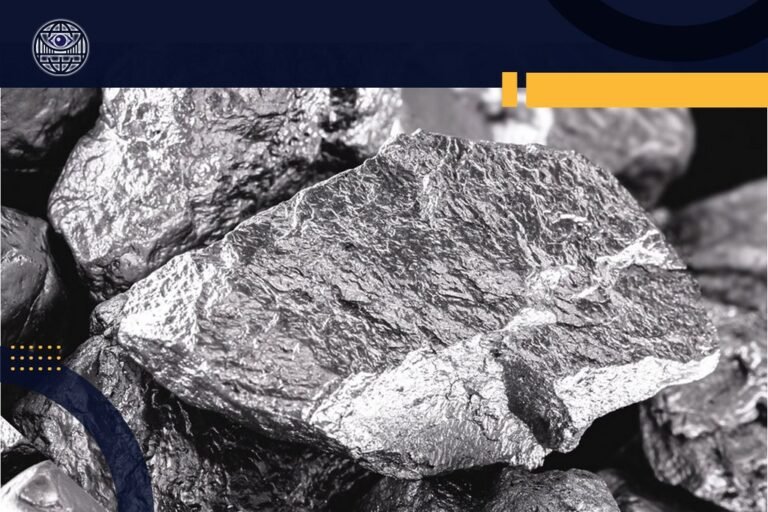
Cobalt

Nickel
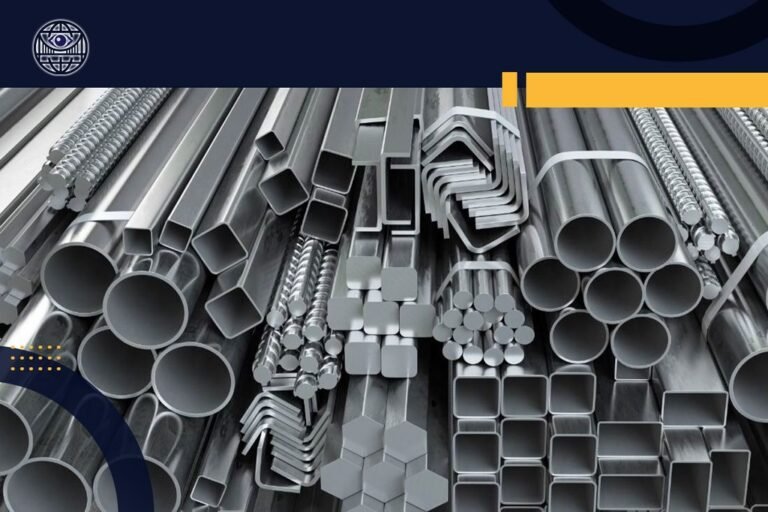
Aluminum and Copper

Phosphate





